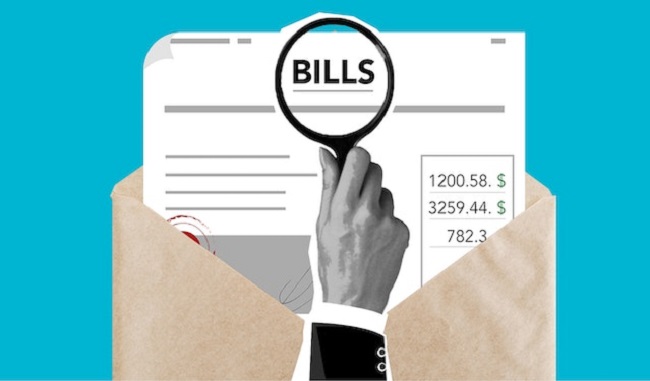The intricacies of the IRS and its policies on tax debts are a daunting labyrinth that many taxpayers find difficult to navigate. Among the most intriguing aspects of tax debt is the rumored possibility that the IRS forgives such debt after 10 years.
But is this true, or is it just a widespread misconception? This article dives into the topic to shed light on this matter and unravel the truths and myths surrounding the IRS’s policies on tax debts. So, if you’re wrestling with the question, keep reading!

1. The 10-Year Statute Of Limitations
The IRS does have a 10-year statute of limitations for collecting back taxes. This means that, in most cases, the agency has ten years from the date of assessment of a tax liability to collect that debt. Once this time lapses, the IRS typically can’t pursue legal actions to collect the outstanding amount.
However, the journey of this ten-year period isn’t as straightforward as it might seem. Many taxpayers take advantage of follow up tax services to ensure they remain compliant and to verify that the IRS doesn’t take actions beyond this time frame.
2. Exceptions To The Rule

Although there’s a 10-year time frame, there are several circumstances that can extend or suspend this collection period:
- Bankruptcy: If a taxpayer files for bankruptcy, the IRS is usually prohibited from taking collection actions. This time during which the IRS can’t collect is added to the 10-year period, effectively extending it.
- Collection Due Process Hearings: If you request a hearing, the statute of limitations is extended by the duration of that hearing and an additional 90 days.
- Voluntary Waivers: In some situations, a taxpayer might sign a waiver extending the collection period, usually in conjunction with a payment arrangement.
- Living Outside the U.S.: If you’re out of the country for a continuous period of at least six months, the time can be added to the 10-year period.
- Read Also:
3. The Starting Point: Date Of Assessment
It’s crucial to understand when the 10-year clock starts ticking. The IRS begins counting from the “date of assessment” – this is typically when the tax liability is officially determined, and not necessarily when you filed your return.
For instance, if you filed your return in April but had an additional assessment in September due to an audit, the clock starts in September.
4. Actions That Reset The Clock
Certain actions can restart the 10-year clock. For instance:
- Submitting an Offer in Compromise: If you make an offer to the IRS to pay a reduced amount of your tax debt, the time during which the IRS evaluates your offer (typically several months) will stop the clock. If the IRS rejects the offer, the clock resumes, but the time taken for the assessment gets added.
- Setting Up an Installment Agreement: If you arrange to pay your tax debt in installments, the clock is generally not ticking. Once the agreement ends or gets defaulted, the clock resumes.
5. When The IRS Writes Off Tax Debt
It’s essential to note that the IRS doesn’t technically “forgive” your tax debt after 10 years. Instead, they write it off.
This means that while the IRS won’t actively pursue the collection of this debt, the record of you owing the debt remains. This can potentially influence future interactions with the agency.
6. What About Penalties And Interest?
While the principal tax debt may fall under the 10-year statute of limitations, penalties and interest do accrue on unpaid taxes from the moment you miss the payment.
If you’re trying to wait out the 10-year period, you might end up accruing a significant amount in penalties and interest.
7. Proactive Steps To Take
If you’re approaching the 10-year mark, it’s essential to:
- Check the start date: Confirm the date of assessment to calculate the end date accurately.
- Monitor for any extensions: Be aware of any actions or events that could extend the statute of limitations.
- Seek professional advice: Engaging a tax professional can provide guidance on How To navigate the process and ensure you’re not missing out on any opportunities to resolve your tax debt sooner.
Read Also:
Conclusion
The notion that the IRS forgives tax debt after 10 years isn’t entirely accurate. While there’s a 10-year statute of limitations on collecting back taxes, numerous factors can influence this period.
It’s not a one-size-fits-all rule, and understanding its nuances is essential for taxpayers aiming to manage or resolve their outstanding debts. Engaging with tax professionals and services can significantly aid in navigating the complexities of IRS policies and ensuring a more favorable outcome.




















